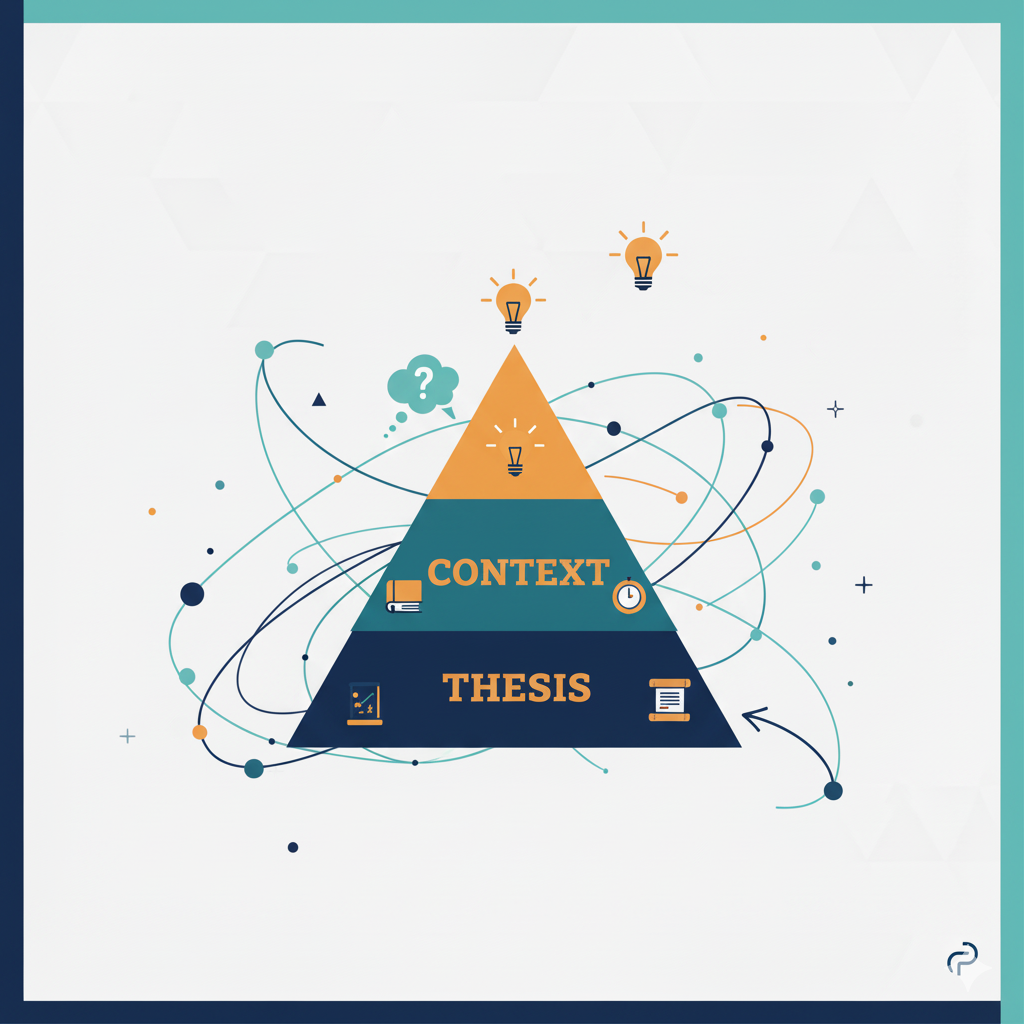
How to Write a Literature Review
How to Write a Literature Review
If you’re tackling a research paper, thesis, or dissertation, chances are you’ll need to write a literature review. It might sound intimidating at first, but think of a literature review as your chance to show you know the landscape of your topic, what’s been done, what’s missing, and where your work fits in. It’s not just a summary of articles; it’s a thoughtful conversation with the research out there.
So, how do you get started? First, nail down your research question or focus. This will be your compass, helping you find the right sources without getting lost in a sea of information. Once you have that, dive into academic databases like JSTOR, Google Scholar, or your university’s library. Use keywords related to your topic, and don’t forget to check the references in the papers you find. They’re goldmines for more sources. To keep everything straight, try using citation tools like Zotero or Mendeley. They’ll save you a ton of time later.
When you start reading, don’t just skim. Dig in and ask yourself: What’s the main point? How did they study it? Are there any weaknesses or biases? How does this piece fit with what you’ve already read? Taking notes and summarizing in your own words will help you understand the material better and keep you honest when it comes to avoiding plagiarism.
Next up: organizing your review. This is where you turn a bunch of notes into a story. You can organize your review by time, showing how ideas have developed, or by themes, grouping studies that talk about similar things. Sometimes it makes sense to organize by methods, especially if different studies use different approaches. Or, if your topic involves different theories, you can organize around those. Pick the style that makes the most sense for your topic and your research question.
When you start writing, begin with an intro that explains what your review covers and how it’s structured. Then, in the main part, don’t just list studies, connect the dots. Point out where studies agree, where they clash, and where there’s still room to explore. Tie everything back to your own research question. Wrap up with a conclusion that sums up the big takeaways and explains how your research will add something new.
Don’t forget to cite your sources properly! Whether it’s APA, MLA, or Chicago style, following the rules gives you credibility and keeps you out of trouble.
If you’re feeling stuck, here are some quick tips: start early, stay organized, be critical (not just descriptive), and get feedback from friends or professors. And if you’re overwhelmed by too many sources, focus on the most relevant and recent ones. Keep your research question front and center, and break your work into manageable chunks.
Writing a literature review is a skill that gets easier with practice. It’s your chance to dive deep into your topic and set the stage for your own research. Follow these steps, and you’ll create a review that’s clear, insightful, and meaningful.
Here is a quick checklist!
Search for relevant sources using academic databases.
Use citation tools to organize your references.
Read sources critically: summarize, analyze, and note limitations.
Choose an organizational structure (chronological, thematic, methodological, or theoretical).
Write an introduction explaining the purpose and structure of your review.
Synthesize the literature in your vocie, don’t just summarize.
Highlight agreements, conflicts, and gaps in the research.
Relate the literature back to your research question.
Conclude by summarizing key insights and your research’s contribution.
Cite all sources properly according to your required style.
Seek feedback (Especially from us at https://www.papercheck.com and revise as needed with your unique voice!)


